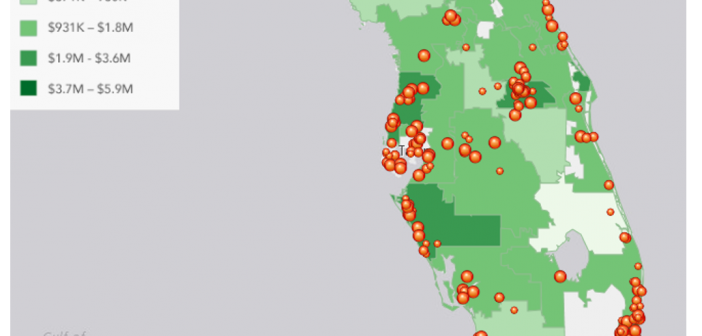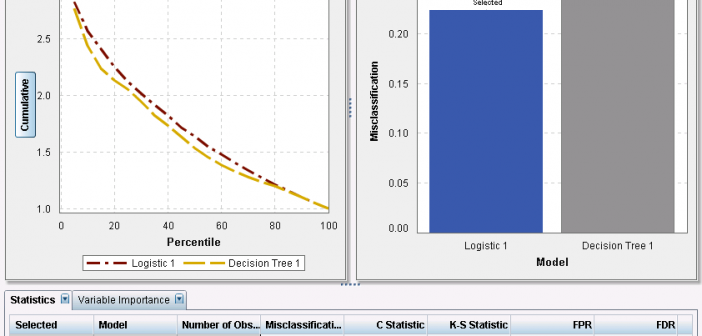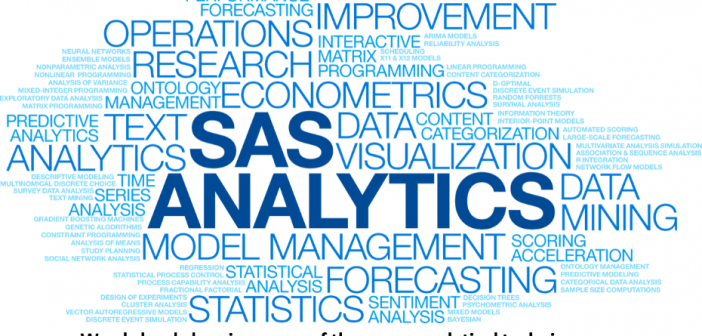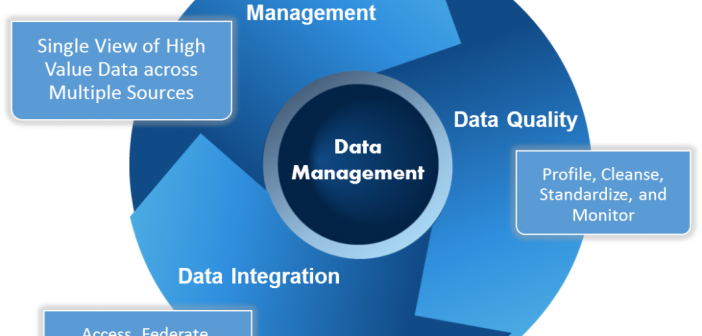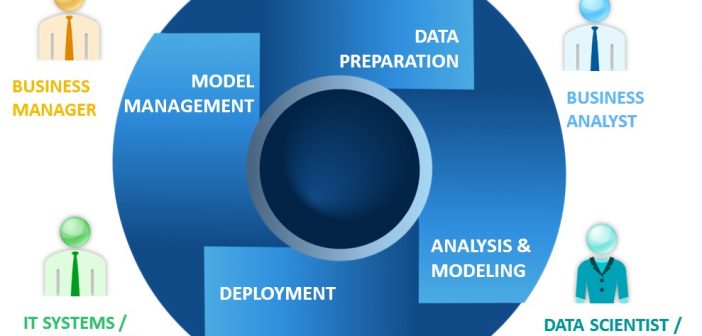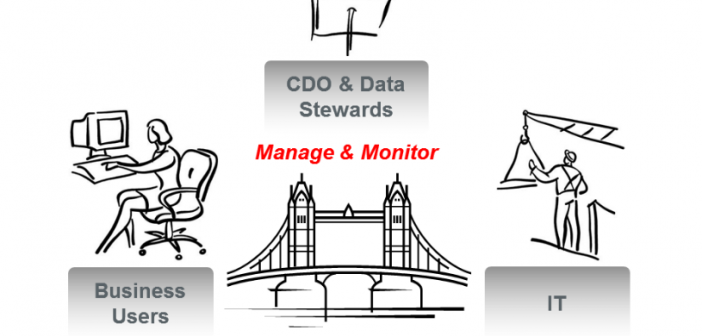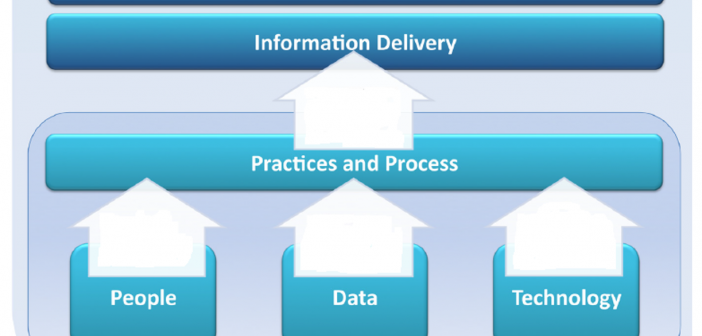
Good news...an analytics survey last year found that 72% of insurance executive agreed that analytics is the biggest game-changer in the next 2 years. Bad news...compared to other industries the adoption rates of analytics in the insurance has lagged other industries. To reverse this trend and help insurers travel down the


